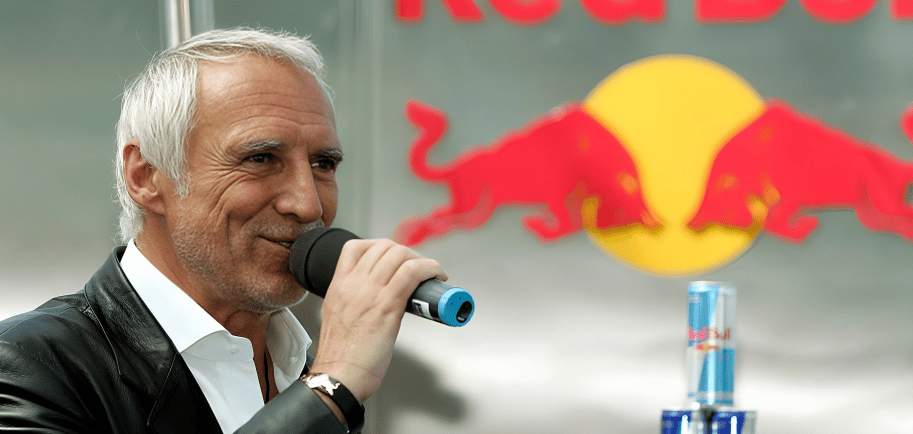Dietrich Mateschitz — The Man Who Sold Adrenaline, Not Energy Drinks
At 40, divorced and directionless, Dietrich Mateschitz discovered a strange Thai energy drink. While others ignored it, he saw a global phenomenon. Red Bull wasn’t just a beverage—it was an adrenaline-powered brand that redefined marketing. From F1 to extreme sports, he created a fearless lifestyle empire that flew in the face of convention.
ORDINARY TO EXTRAORDINARY
Thrivevision
5/17/20252 min read


How Dietrich Mateschitz Turned a Thai Energy Drink into a $20 Billion Global Lifestyle Empire
At the age of 40, most people either settle down or shift gears. Dietrich Mateschitz, however, was just getting started. Divorced, with no children, and drifting in a modest marketing job, he had no grand plan—until a business trip to Thailand in the early 1980s changed everything.
There, Mateschitz encountered a local energy drink called Krating Daeng, a syrupy tonic popular among truck drivers and laborers. Most Westerners wouldn’t have looked twice, but Mateschitz wasn’t most people. He felt energized after drinking it and sensed an untapped goldmine. Where others saw a weird regional beverage, he saw global potential.
The Red Bull Vision: More Than a Drink
Back in Austria, Mateschitz partnered with Chaleo Yoovidhya, the Thai creator of Krating Daeng. Together, they modified the formula for Western tastes—carbonating it and rebranding it as Red Bull. In 1987, the product launched in Austria. It wasn’t just about taste or function—it was about building an entire culture.
But launching Red Bull wasn’t easy. It was expensive, unfamiliar, and strange. Mateschitz, however, understood that the battle wasn’t won on shelves—it was won in minds. He flipped the marketing playbook.
Instead of trying to explain what Red Bull was, he built mystique. He handed it out at universities, sponsored underground events, and associated it with edgy, adrenaline-fueled sports. Red Bull didn’t just give you energy—it gave you wings.
Selling Risk, Speed, and Rebellion
From the start, Red Bull didn’t sell a drink—it sold a lifestyle. Extreme sports, daredevil stunts, and impossible feats became its playground. Mateschitz knew that branding was more than advertising—it was identity.
He built a media empire, not just a beverage company. Red Bull TV, high-production sports events, and record-breaking stunts—like Felix Baumgartner’s supersonic space jump from the stratosphere—blurred the lines between content, adventure, and product.
By aligning the brand with courage, chaos, and speed, Red Bull became shorthand for pushing limits.
Quiet Billionaire, Loud Brand
Unlike flashy entrepreneurs, Mateschitz kept a low profile. He rarely gave interviews, valued privacy, and lived far from the limelight. But his brand was everywhere.
Red Bull now sells over 11 billion cans annually in more than 170 countries. It owns Formula 1 teams, football clubs, esports leagues, and even its own racing circuits. All of this was rooted in one man’s decision to trust his gut on a product no one believed in.
Legacy Beyond the Can
Dietrich Mateschitz passed away in 2022, but his legacy is immortal in marketing textbooks and sports history. He didn’t just build a drink—he created a cultural movement. Red Bull changed how companies think about brand, storytelling, and emotion.
From a modest Thai stall to Formula 1 podiums, Red Bull’s journey is a masterclass in intuition, branding, and boldness.
Mateschitz proved that it’s not always about inventing something new—it’s about seeing what others ignore, and having the courage to bet big on belief.
Inspiration
Explore success stories and motivational journeys today.
Growth
Vision
© 2025. All rights reserved.
